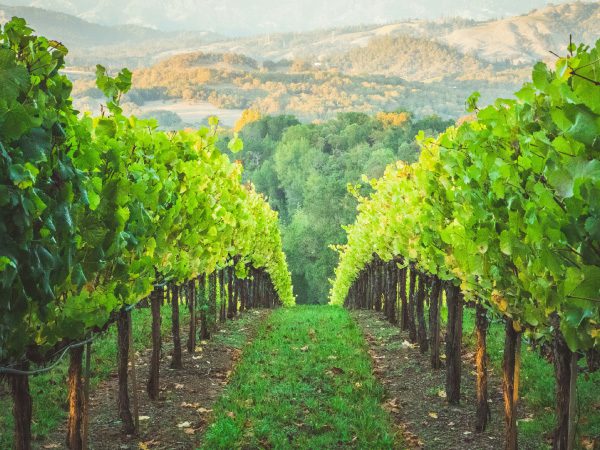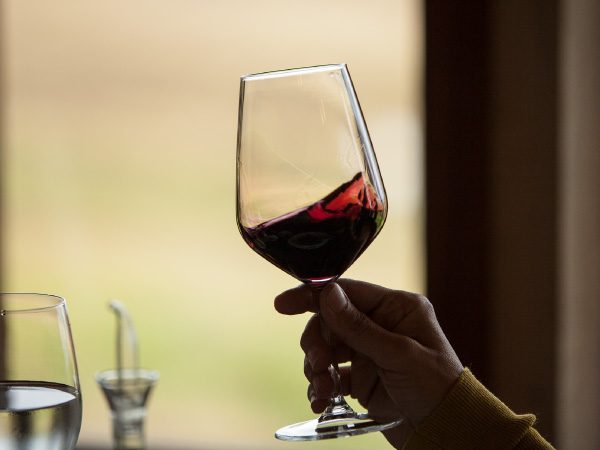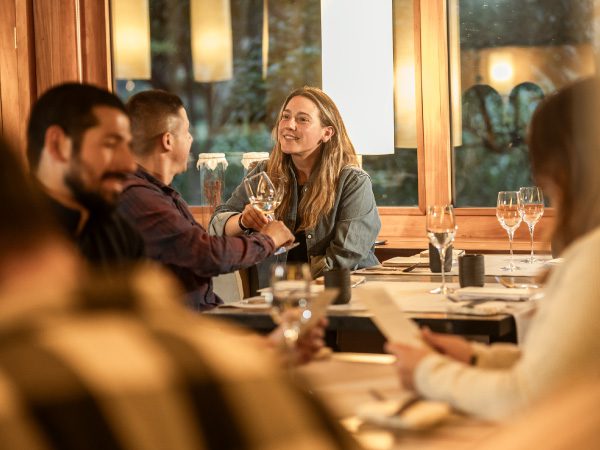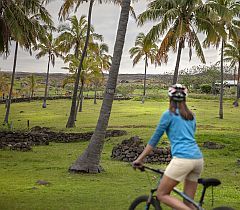Wines that tell stories: Explora’s winemaking proposal
In 2024, the lodge wine list was renewed with a view to expressing the identity of each territory. The result is a balance between organic wines from small local producers and the best samples of the emblematic grape varieties of each region.

Before reaching the glass, every wine has made a long journey. It begins in the land where its grapes grew, followed by the work of the people who made it, until it finally reaches the bottle, with all the history it brings with it.
To enhance the deep knowledge of the territories, Explora reformulated in 2024 the wine list offered to travelers in each lodge, with a specific focus: to select those that tell a story with character and closely linked to their place of origin. In other words, each glass should be another way of delving into the geography and culture of the region.
The first step was research: Explora’s consultant winemakers visited wine producers in different regions of the south of America, in order to begin the selection from the source itself. Diego Edwards, the winemaker in charge of the lodge’s menu in Chile, explains: “We look for small producers or those who are representative of a specific territory, and who hopefully work in a sustainable way”. Giselle El-Masou, Explora’s Experience Manager, adds: “With small producers we share that passion for exploring the territory. These are productions on a human scale, with vines and ways of making wine that invite you to try something new”.

This is how they selected the País de Pino Román grape variety, a rescue that gives new life to an ancient tradition. “It is one of the first grape varieties to arrive in Chile by the Spaniards, very rustic, used for mass,” says Edwards. This version is produced organically in the Itata Valley, in the Ñuble region, by Ignacio Pino Román, and Edwards describes it as wilder, fresher and lighter, with a fruity flavor.
This wine is offered at the bar of the lodges, since sitting at the bar is the most propitious moment for the traveler to explore non-traditional varieties. By not having to pair with a dish, there is an implicit invitation to take risks when it comes to tasting, and therefore Explora’s proposal is more playful.
The bar -or the beginning of the meal- is also a good time to enjoy Azur, an organic brut sparkling wine produced in the Limarí Valley. “One of the best bubbles in Chile,” summarizes Edwards.

In Peru, at the Sacred Valley lodge, the wine consulting was carried out by Kyra Bruning, sommelier of the renowned restaurant Mérito. Although the wine list includes wines from Chile, Argentina and Peru, at the bar the traveler can taste local productions that are worth knowing. One of these is mistela, a drink in which the grape juice or “must” is mixed with a distillate before it completes its fermentation process. Mistela Hortencia, one of those selected by Explora, is produced with Mollar grapes, traditionally used in pisco; and from this same fruit you can taste the Mollar de Joyas de Murga grape variety, a wine with a somewhat acidic and astringent character.
Along with these wines of innovative proposal and artisanal elaboration, in the dining room of each lodge the traveler will find a more traditional selection. Sitting at the table, you can taste the most representative grape varieties of the region in their best expression, in addition to receiving suggestions for pairings that elevate the experience.

In Chile, the most characteristic exponent is Carmenere without question, a grape variety originating in France, but which is currently an emblem of the country’s production due to the quality and quantity of its production. Explora offers the Pérez Cruz winery’s version: “It is a very limited production, from the Maipo Valley, a very elegant Carmenere”, describes Edwards. In Argentina, in turn, the traveler can taste the Malbec Calcáreo Río de los Chacayes, produced by the SuperUco winery in Mendoza. Both Carmenere and Malbec are red wines; the former is softer, spicier and more versatile, while the latter is intense and robust, but with less astringency than a Cabernet Sauvignon.
In addition to the design of the menus, Explora’s oenological work contemplated a specific preparation for the service of the wine by the team of each lodge, so that it is always presented to the traveler at its optimum quality and at the right moment. Thus, when the traveler returns from each expedition to explore the destination, a wine will be waiting for him at the lodge to continue this deep knowledge, now through the palate.

